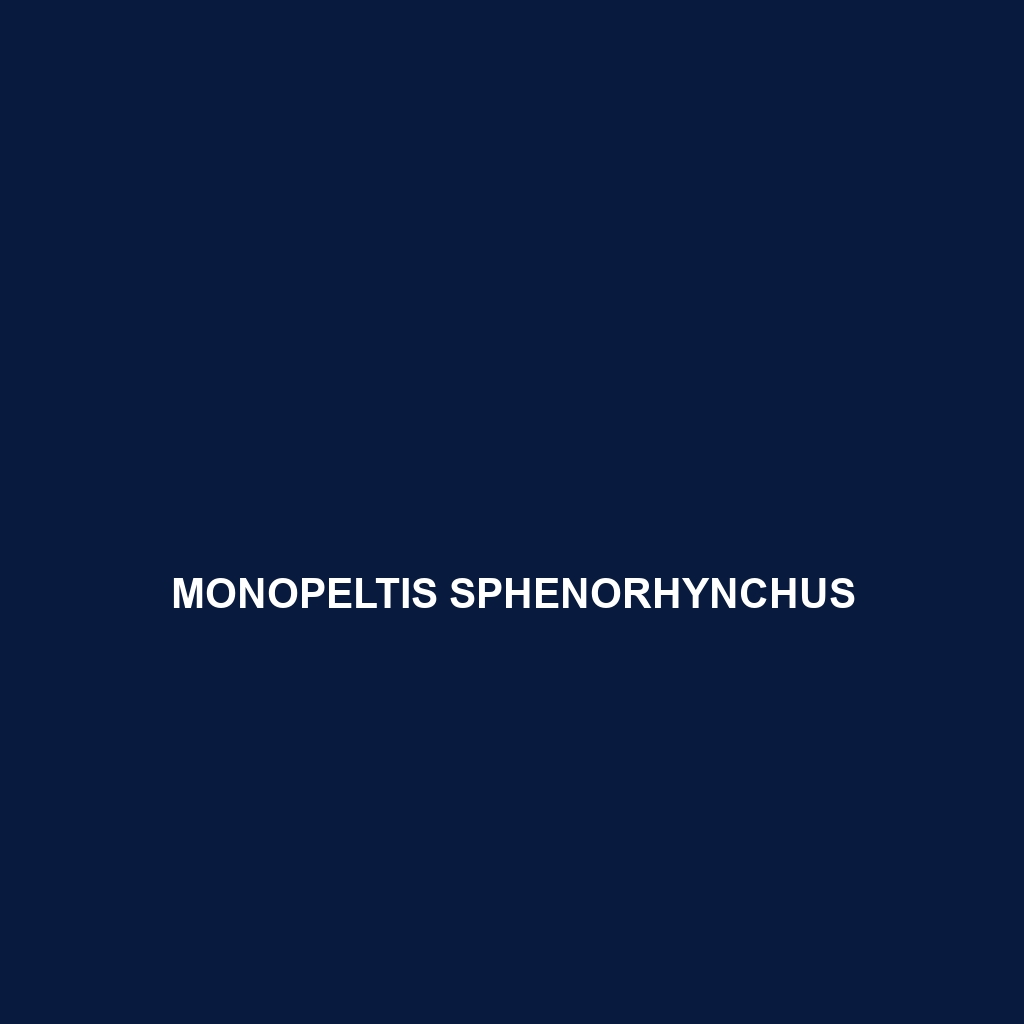The Monopeltis sphenorhynchus, commonly known as the African legless skink, is a unique insectivorous lizard characterized by its elongated, legless body measuring 15 to 30 cm, adapted for burrowing in diverse Sub-Saharan habitats. This nocturnal species plays a vital role in maintaining ecological balance by preying on invertebrates and enhancing soil health through its burrowing activities.
Tag: legless lizard species
Dibamus bourreti
fascinating Dibamus bourreti, a legless lizard native to the humid tropical rainforests of Southeast Asia, featuring smooth, shiny scales and a secretive, nocturnal lifestyle. This Vulnerable species plays a crucial role in its ecosystem by controlling insect populations and serving as prey for larger predators.
Delma plebeia
<strong>Delma plebeia</strong>, or <strong>Australian legless lizard</strong>, native to arid regions of southeastern Australia. This fossorial lizard features a smooth, elongated body measuring 30-40 cm, feeds on insects, and plays a vital role in its ecosystem by balancing insect populations.
Brachymeles tungaoi
Discover the unique Brachymeles tungaoi, a legless lizard native to the tropical forests of Mindanao, Philippines. This small, nocturnal species thrives in humid environments, feeds on invertebrates, and plays a crucial role in its ecosystem while currently facing vulnerabilities due to habitat loss.
Anniella geronimensis
Discover the unique Anniella geronimensis, also known as the California legless lizard, a fossorial species thriving in Southern California’s sandy habitats. With its smooth, cylindrical body averaging 30 to 40 centimeters and a diet consisting of small invertebrates, it plays a crucial role in pest control and ecosystem health.
Anguis graeca
Discover the Greek legless lizard, Anguis graeca, a unique fossorial species native to southeastern Europe, thriving in warm climates and characterized by its elongated, limbless body and diet of small invertebrates. Currently listed as "Near Threatened," this lizard plays a crucial role in maintaining ecosystem balance while being an essential predator and prey in its natural habitat.





